We use cookies to make your experience better. To comply with the new e-Privacy directive, we need to ask for your consent to set the cookies. Learn more
Learn more about acupressure and check gastric ulcer symptoms
Is your horse displaying gastric ulcer symptoms? Well before you start saving up for a scope, here's a presumptive technique that you can use to get a realistic indication of whether your horse has ulcers.
Scopes or (endoscopes) are expensive, invasive and sometimes not entirely accurate. They're also no good for diagnosing ulcers of the hindgut.
Bear in mind, the term 'presumptive' is used until a diagnosis is actually confirmed by a vet. Therefore, if you follow this technique you'll have a greater understanding whether the horse needs to be examined by a veterinarian.
Using acupressure to check gastric ulcer symptoms
This technique involves the palpation of acupressure points to check for pain or reactions from the horse.
Dr Mark De Paolo, a leader in integrative veterinary medicine advocates the use of the acupressure technique as a first step in diagnosing ulcers in horses. In a widely shared video (below) he outlines the method involved.
Acupressure for horses. How does it work?
Acupressure uses finger pressure on specific points on the horse's body. It is a form of traditional Chinese medicine which has been used for thousands of years on humans and animals.
Many Western scientists believe that acupressure stimulates the body’s ability to produce endorphins, which are natural painkillers.
Using Dr DePaolo’s technique to check for gastric ulcer symptoms
Tether your horse in a quiet area, and ensure they’re relaxed. Once they’re standing square - identify the below areas and gently palpate these points.
The goal is to identify small points or areas that are painful for the horse, causing a flinch response.
Use your thumb and forefinger for gentle palpation.
Light pressure is preferable and is tolerated by most horses. Hard or deep pressure is not necessary to elicit a flinch response in a horse with ulcers. Stick with a moderate pressure.
Locating the acupressure points to identify ulcers
Start by gently touching the horse and stroking the target area with the palm of your hand. That way you wont surprise the horse into a false response.
- 1st point for palpation - Pericardium One.
This point is located where the girth sits. You'll find it on the rib cage, just behind the front leg at the point of the elbow.
- 2nd point for palpation - CV 17.
This point is located in the middle of the sternum, just behind the front legs (by about a hand width).
- 3rd point for palpation - Bladder 42.
This point is where the scapular makes contact with the back. The most severe cases will also have soreness where the withers joins into the back.
If you find that your horse is sensitive in these acu-points (and it’s not being caused by a chiropractic issue) it’s likely to be because of gastric ulceration.
Please note, horses with hindgut ulcers will get sensitive over the whole area of the lower back - but more on that later...
Understanding a horse's reaction to acupressure
As you work your way over the horse, assess the severity of their flinch reaction at each of the acupressure points. Here are a few points to bear in mind.
- All horses have different levels of sensitivity, therefore you want to check each horse on their own merits. Don't base their flinch response based on other horse's reactions.
- To do this, check the horse's response to pressure on less sensitive areas first. This includes the mid section of the rib cage and shoulders.
- Get into the habit of checking your own horse regularly. This makes it easier to notice increased sensitivity on the pressure points.
- Are you bringing a horse into work? Often a horse will show increased gastric ulcer symptoms as their training increases. This is due to a phenomenon known as gastric splashing. You can learn more about that and how to deal with it in this article.
Other gastric ulcer symptoms you might notice in your horse
- Loss of appetite. Especially if the horse shows a reluctance to eat grain or hard feed.
- Weight loss.
- Dull hair coat or poor general body condition.
- Attitude change(reluctance to work/train)
- Lethargy and general lacklustre demeanour.
- Windsucking
- Diarrhea and colic
The difference between hindgut ulcers and gastric ulcer symptoms in horses
As with gastric ulcers, ulcers in the hindgut occur when the protective mucosal lining is compromised. While the symptoms can be similar, here are the key differences for horses with ulceration in the hindgut.
- Sensitivity in the flank area
- Difficulty bending, collecting, and extending
- Girthiness or sudden aggression when saddling.
- Colic
Treatment and management of horses with ulcers
If you suspect your horse has ulcers, here are some steps you can implement immediately.
- Stop feeding inflammatory feeds - sweet feeds, sugary feeds, feeds high in Omega 6s (Sunflower seeds, vegetable oils etc)
- Ensure your horse has constant access to forage. The best option for this is hay (not lush green grass - as it can be high in sugar)
- Offer a small feed right before exercise. This will help absorb excess stomach acid and stop it ‘sloshing’ around during work.
- Start your horse on ulcer medication. Read here about combining omeprazole and sucralfate for the most effective treatment.
See the full video of Mark De Paolo's acupressure technique below.

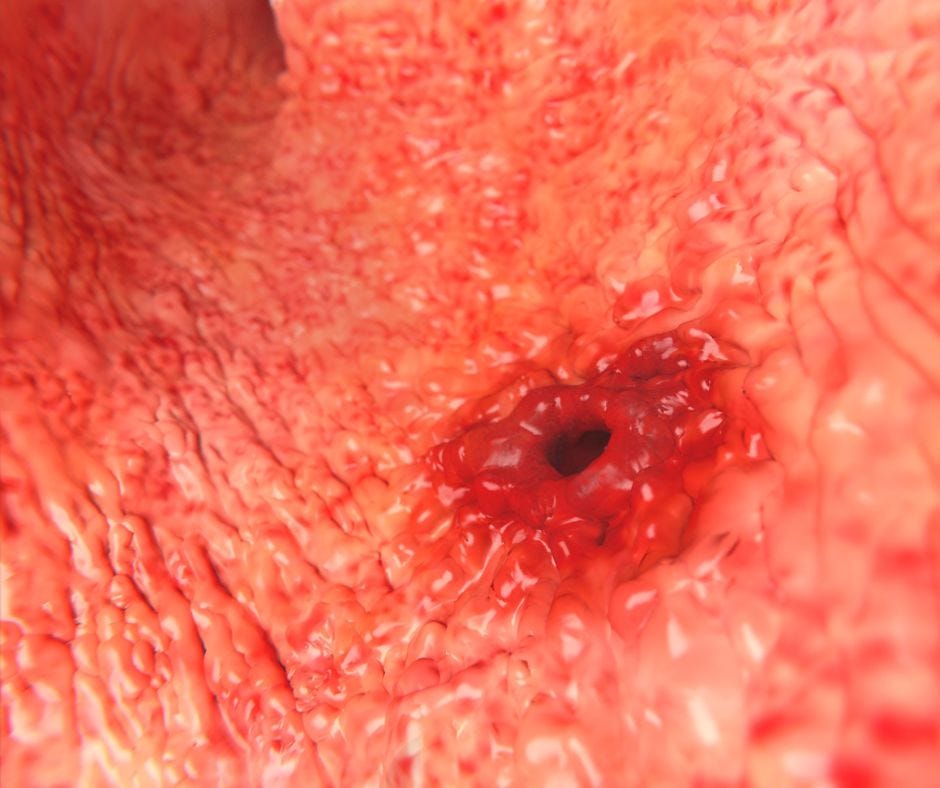
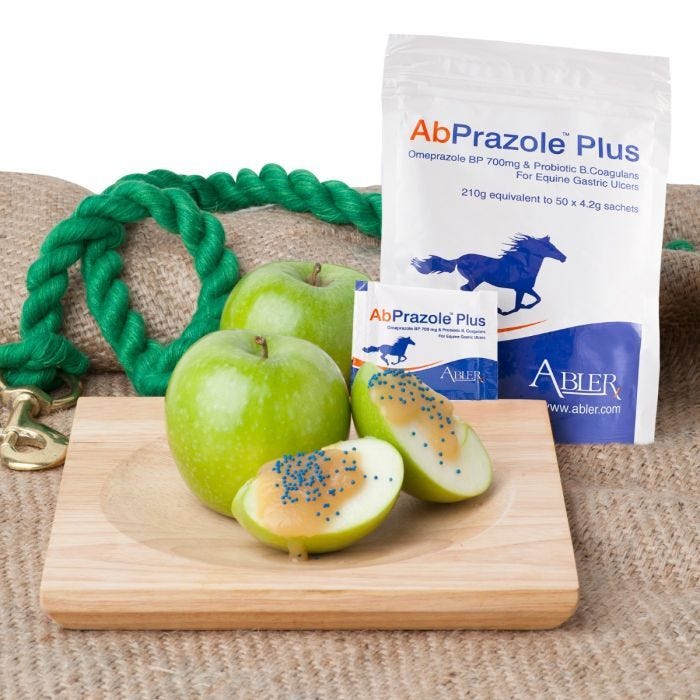
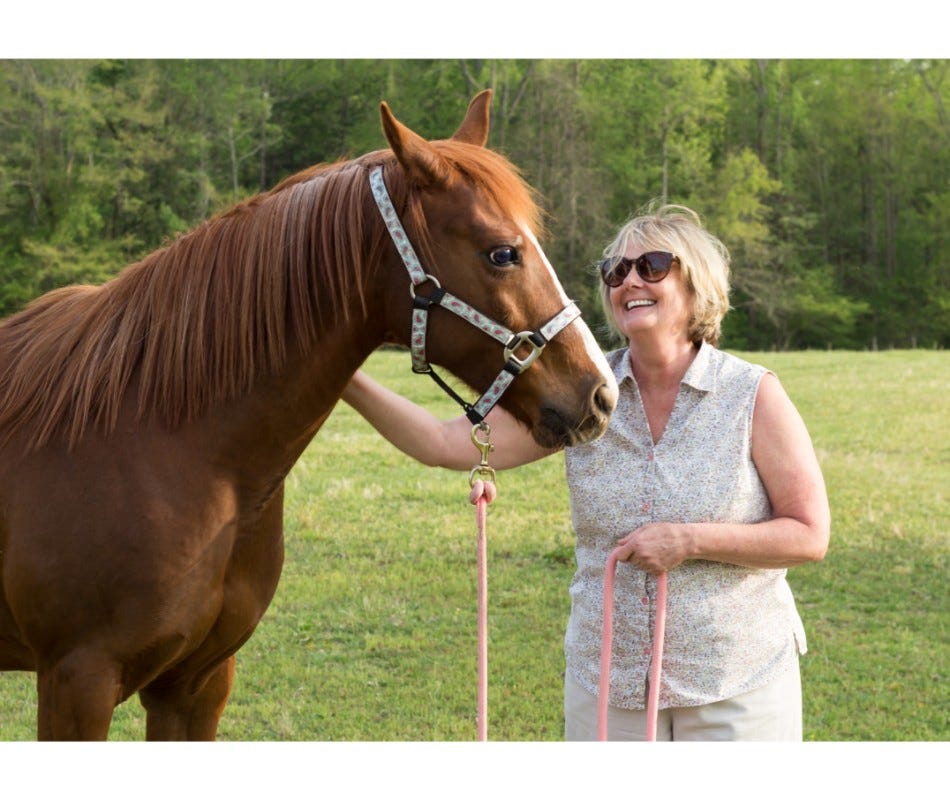
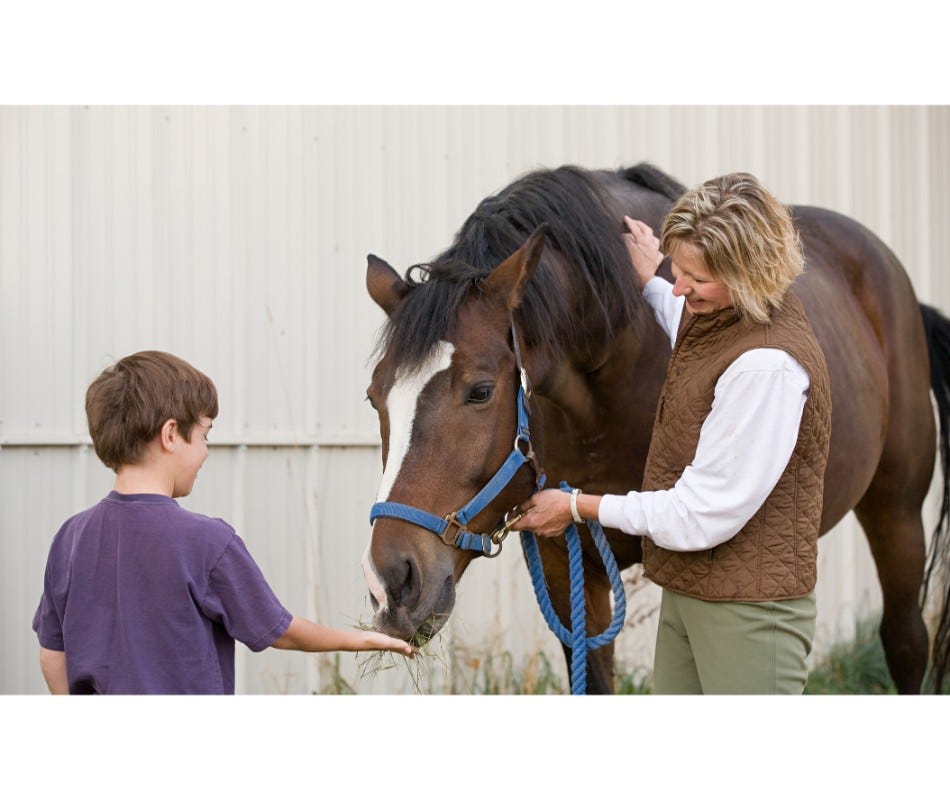
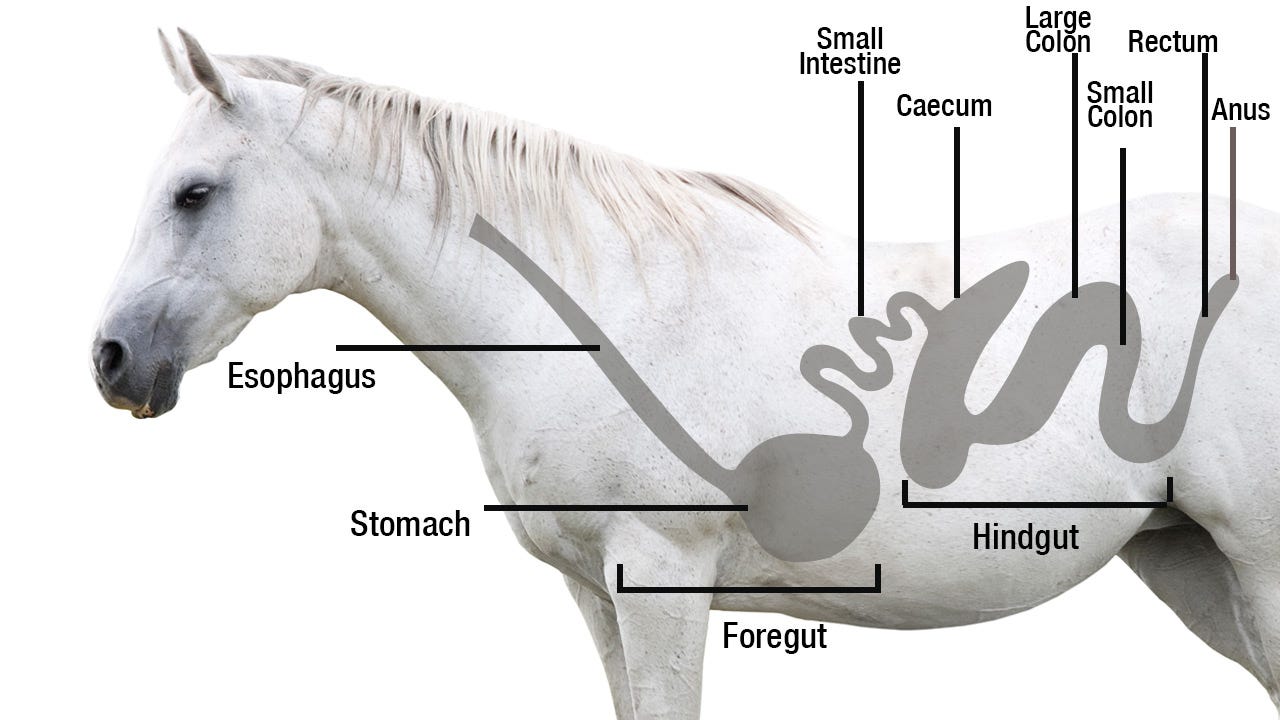
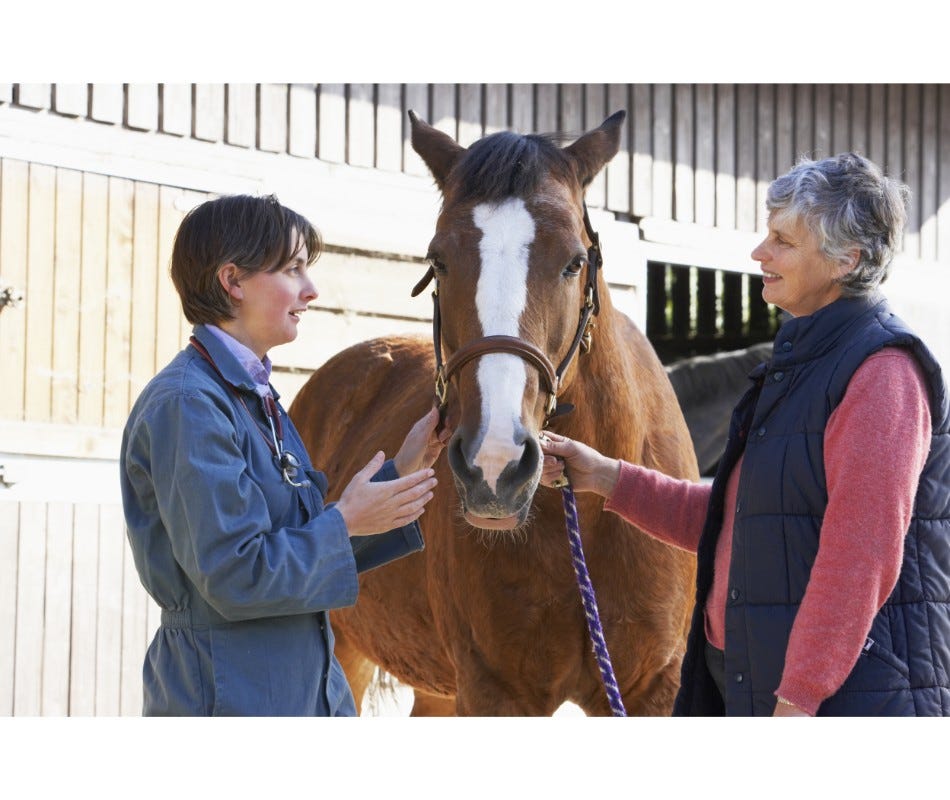
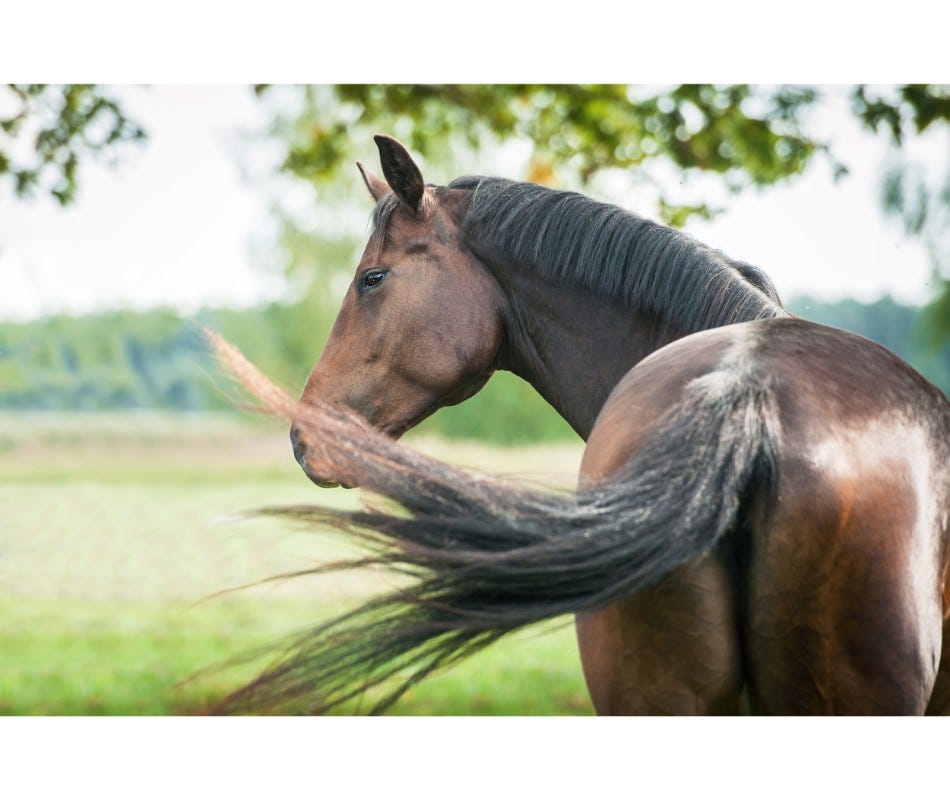
Validate your login